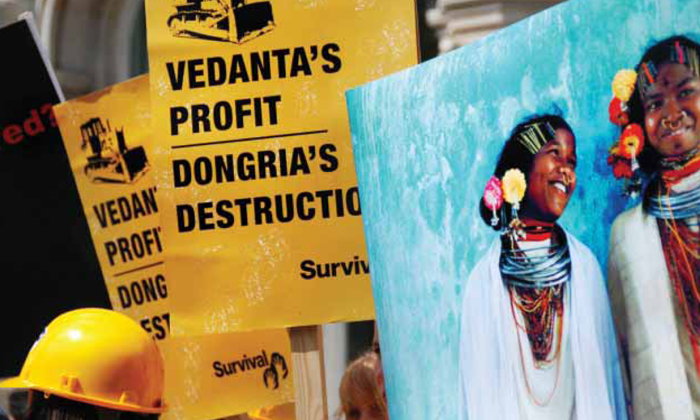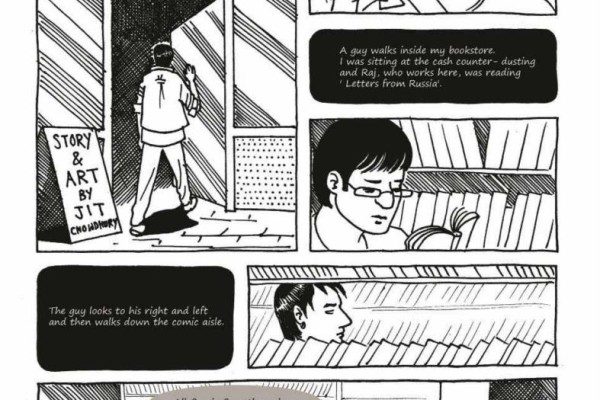Last month, we were all waiting with bated breath for the Supreme Court decision on the Vedanta Mining issue in the Niyamgiri Hills. The plight of the DongriaKondh tribe due to Vedanta’s plans to mine Bauxite in their lands was to be finally addressed. However, in true legal fashion, the judgement has again been deferred to a later, yet unannounced date. Given the re-emergence of the debate in the highest court of the land, and following a desire to not let at least one cause be forgotten, this seems like a perfect time to remind ourselves of the controversy surrounding this issue.
A quick glance at online forums and western and Indian media coverage of the issue will reveal how dramatically similar this issue is to the movie ‘Avatar’ and the plight of the indigenous people – the Na’vi, so much so that it even convinced ‘Avatar’ director, James Cameron to lend his support to the cause of the DongriaKondh tribe. In fact, readers may even recall an earlier article by a separate columnist using the analogy for a different mining incident concerning another indigenous tribe (The Hills Are Still Alive; Sayantan Neogi, May 2010).
The DongriaKondh is an indigenous tribe found in the hills of Orissa who hack out a meagre sustainable living from the natural surroundings of their region. They are essentially foragers and hunter-gatherers who occasionally dabble in light agriculture for sustenance. Tribal culture, as is so often the case, dictates that their pantheon of gods include deities derived from the natural surroundings. One of their most important deities, in fact, is the very Niyamgiri hill that Vedanta wants to mine.
Vedanta is a FTSE 100 listed company based in the UK, founded by Indian industrialist Anil Agarwal, and headquartered in London, UK. The company has massive mining interests throughout India. The two governments with the most influence over this company, therefore, are the UK and Indian government. And here lies the opportunity to see the marked difference in the environmental and human rights priorities of both governments. The UK government has been extremely vocal in its opposition of Vedanta’s activities regarding the DongriaKondh. The ethically and morally horrifying implications of eradicating the lifestyle of an indigenous tribe is certainly something the UK government would not want to be associated with (perhaps it is an easier choice, given the distance from the problem).
The Indian government, on the other hand, has shown its usual penchant for flip-flopping. After giving initial provisional permission to mine in the area, it was subsequently revoked. Jairam Ramesh, the then Environment Minister, in one of his more efficient stands, stood up against Vedanta. The Environment Department even came out and admitted that giving mining permission to Vedanta was a mistake in the first place. Although Jairam Ramesh was subsequently put in charge of a different ministry, he did manage to put a temporary spanner in Vedanta’s works.
The Supreme Court has revisited this case in the light of the human rights and environmental potential of the situation, and has promised to expedite the process. The DongriaKondh has alternatively stated that it will continue its protest and effort to stop Vedanta even if the SC decides to allow mining.
Being part of the human rights and environmental debate, it is certainly my duty to articulate that allowing Vedanta to continue mining in the Niyamgiri would not only be morally and ethically erroneous but a missed opportunity by the Supreme Court to show that it is the upholder of the rights of weaker sections of India’s diverse societes against the inherent tyranny of industrial progress. To allow an entire way of living to be destroyed for the sake of industrial ambition would be absolutely criminal and disheartening to say the least.














